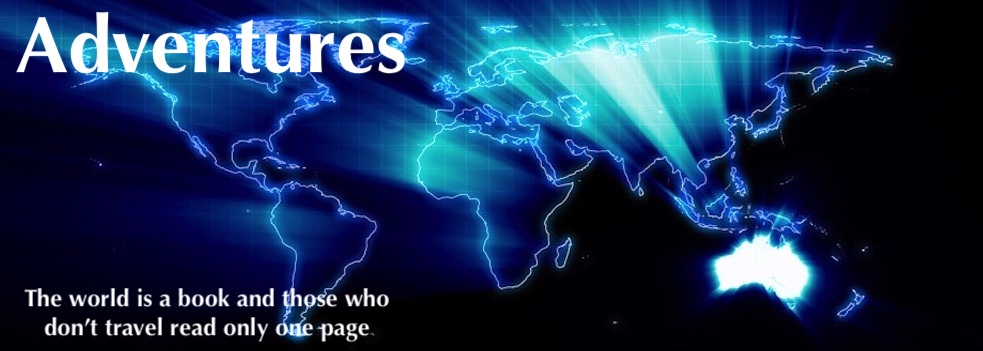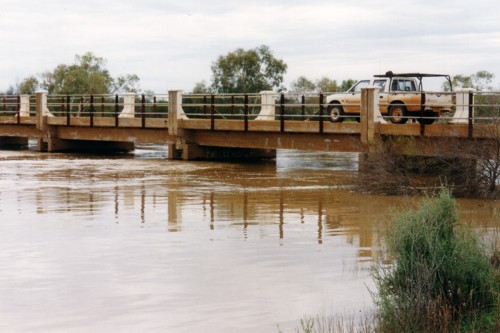Here are some tips for when you are on one of Western Australia’s 2051 mainland beaches along its 12,889 kilometre coastline:
Have permission/check signage to ensure you are allowed to drive on the beach.
Check tides.
Is your vehicle insured when driving on a beach or sand dunes?
Road rules apply. Stay left when approaching traffic.
Don’t block tracks when deflating or reinflating tyres.
Fit a bright coloured flag on a tall pole at the front of your vehicle.
Have the right equipment for you and your vehicle.
Protect from glare. Wear sunglasses – preferably Polaroids.
Ensure that your rego plate is secured top and bottom, particularly if going through water.
Don’t follow too close to the vehicle in front.
Turn off any traction or stability controls.
Lower tyre pressure to increase footprint.
Be aware that you will use more fuel.
Be aware of the beach conditions.
Don’t drive on vegetation.
Watch your water temp gauge/EGT gauge/transmission temp gauge.
Drive up the beach to turn around.
Park facing the water – so you can observe any changes in conditions.
Don’t turn sharply. Tyres with reduced pressure could roll off the rim.
Don’t brake. Roll to a stop.
Don’t spin your wheels.
Take off slowly.
Maintain momentum.
As a general rule use low range. High range if the surface is firm.
If bogged try going backwards and forwards.
Keep revs high. This applies for most circumstance but it is pointless to spin your wheels if bogged.
Keep your thumbs pointing out from the steering wheel.
Use correct recovery techniques and safety precautions.
Secure your gear afterwards/check you have it all (sometimes MaxxTrax get buried, shackles get dropped into soft sand).
Straight up or straight down a dune – never at an angle.
Never turn on a dune/slope.
Pause/brake/slow down at the top of dunes.
Wash your vehicle underneath after you are off the beach.
© Kim Epton 2017-2024
345 words
Feel free to use any part of this document but please do the right thing and give attribution to adventures.net.au. It will enhance the SEO of your website/blog and Adventures.
See Terms of Use.


